How AI Is Helping UX by Gabriel Moreno on May 11, 2023
4 Min Read

As Artificial Intelligence (AI) has gradually become integrated into our daily lives it has become smarter with each and every technology that adopts it, and with that there has been growing concern for the safety and future of our jobs, and it is true that will eventually replace certain jobs, such as customer service roles, that are replaced with digital labour.
Luckily for UX Designers, AI won’t remove us from the workplace, but it will automate menial and repetitive tasks and free us up to do more complex operations and will enhance the effectiveness in our jobs. Some of the tasks that where these new technologies can help us are:
User Interviews
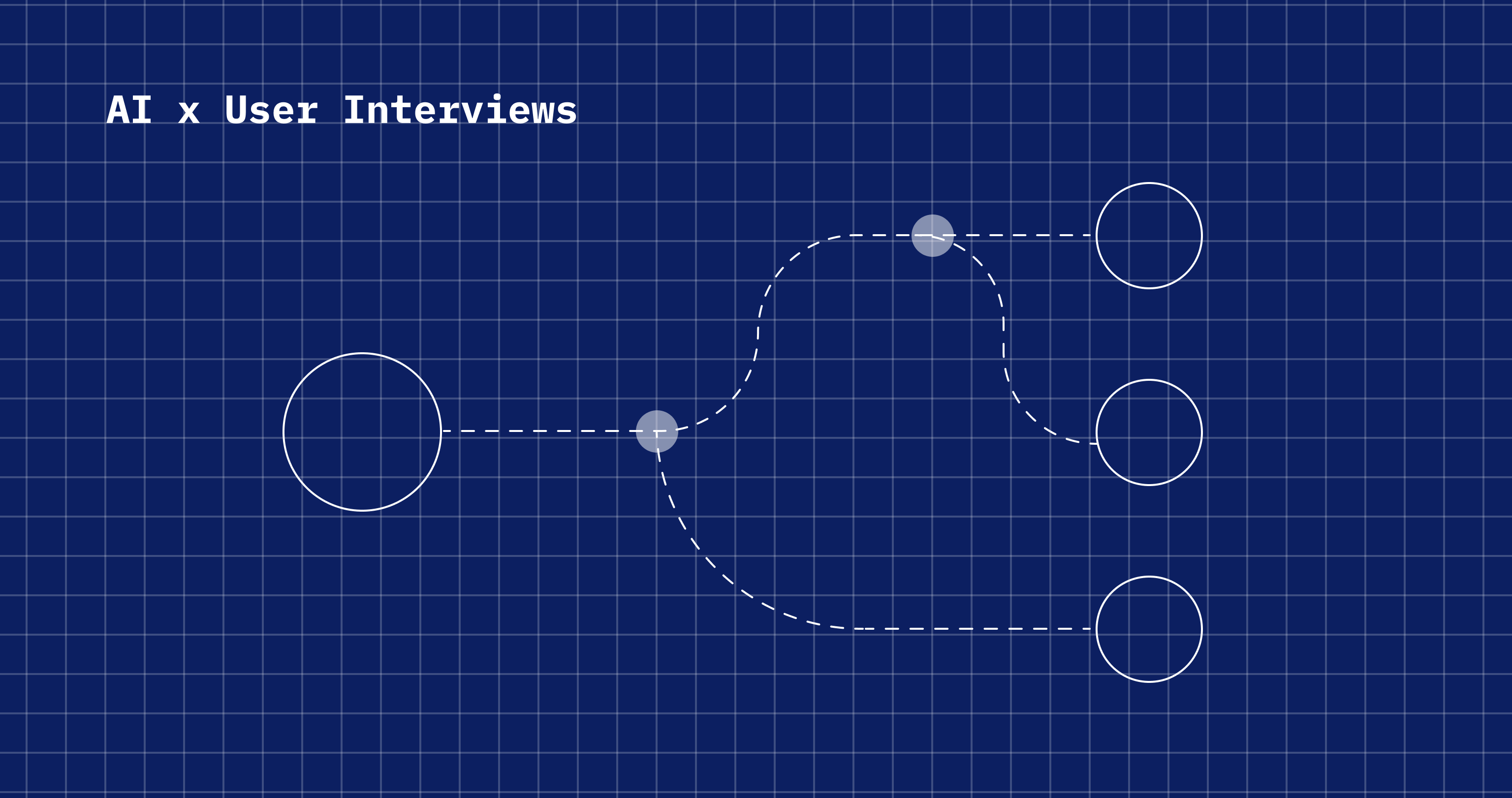
As UX designers, conducting interviews with users is a very important part of our careers, but let's be honest, on some occasions it takes a lot of time to schedule meetings, re-watch the interviews to make sure we are not missing anything or order all the information afterwards. Here are some AI-powered tools that will make our life easier:
Textio: It will help you to create more effective user interview questions and scripts using natural language processing (NLP) to analyse language and provide recommendations for improving the clarity, tone, and effectiveness of interview questions.
Chorus.ai: Analyse and transcribe user interviews. It uses machine learning to identify key themes and insights from interview transcripts, allowing us to quickly identify patterns and trends.
UXReality: Now you can conduct remote user interviews that include features like screen sharing, video recording, and real-time feedback that can help designers gather more accurate and meaningful insights from users.
UserTesting: UserTesting just improved their software with an AI-powered tool that helps UX designers conduct remote user interviews and usability tests, including features like video recording, user feedback, and behavioural analytics that can help designers gain a deeper understanding of user needs and behaviours.
Deck Research
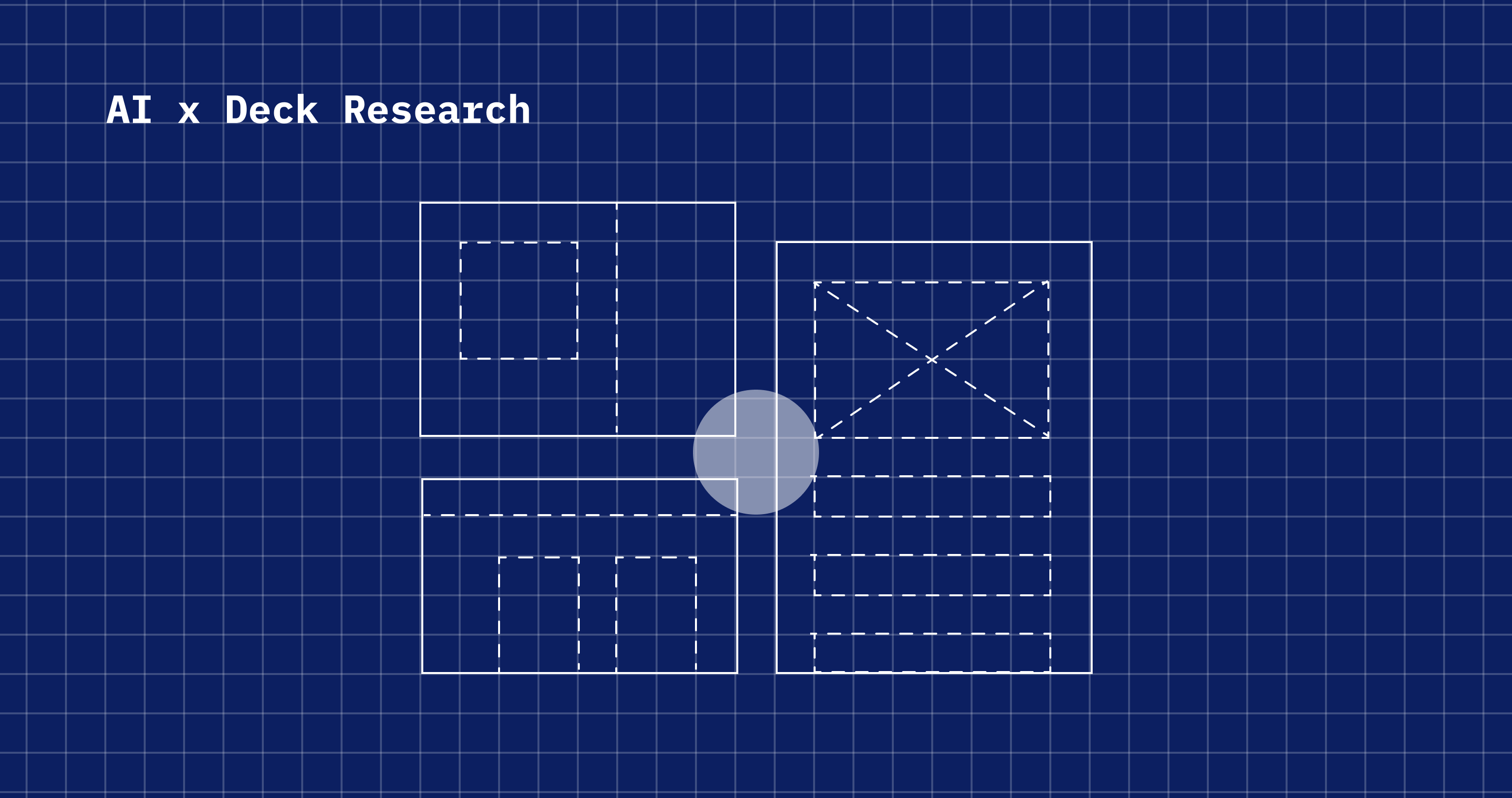
In case Deck research or benchmarking does not sound familiar to you, this term refers to the process of analysing and evaluating existing designs to identify best practices, common design patterns, and potential areas for improvement. With the help of Refract and UXPin (AI-powered tools) we can optimise how to predict users will interact with our design solutions by analysing user behaviour, identifying common design patterns and elements in existing designs and data visualisation.
With these tools can also collect large amounts of data from various sources, such as social media, online forums, and customer reviews, which will save UX designers a lot of time and effort in collecting and analyzing data. And in case you need a bit more help from AI, you can also use machine learning algorithms to analyze data and identify patterns and trends and gain insights into user needs, preferences, and behaviours.
User Persona Creation
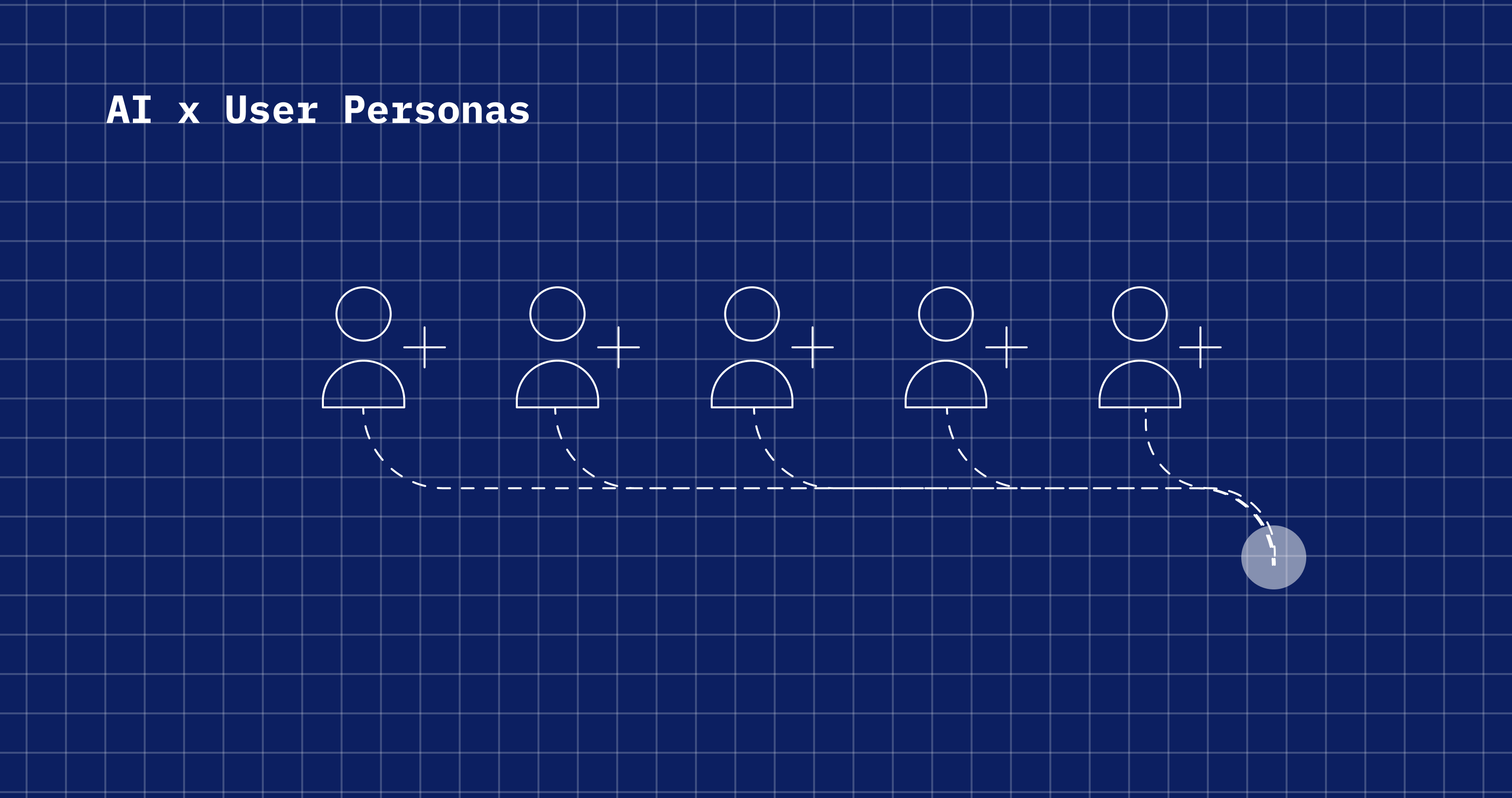
This one is one of my personal favourites. With ChatGPT now we can create user personas based on the feedback provided by users during an interview. This can help us to understand users better, design better user experiences, and make data-driven decisions. Some ways ChatGPT can be used to create user personas are:
Data Collection: As you might have read, AI can collect vast amounts of data, especially when it comes to user behaviour, preferences, and demographics from various sources such as social media, online surveys, and customer feedback. This data can then be analysed to identify patterns and insights that can be used to create accurate user personas.
Natural Language Processing: AI-powered natural language processing (NLP) can analyse user feedback, comments, and reviews to identify common themes and sentiment, which make it easier for us to understand users' needs, pain points, and preferences, which can be used to create more accurate personas for our products.
Clustering and Segmentation: AI algorithms now can cluster and segment users based on their behaviour, preferences, and demographics which means that we can create more personalised user personas and identify specific user groups that require different user experiences.
Quantitative & Qualitative Analysis
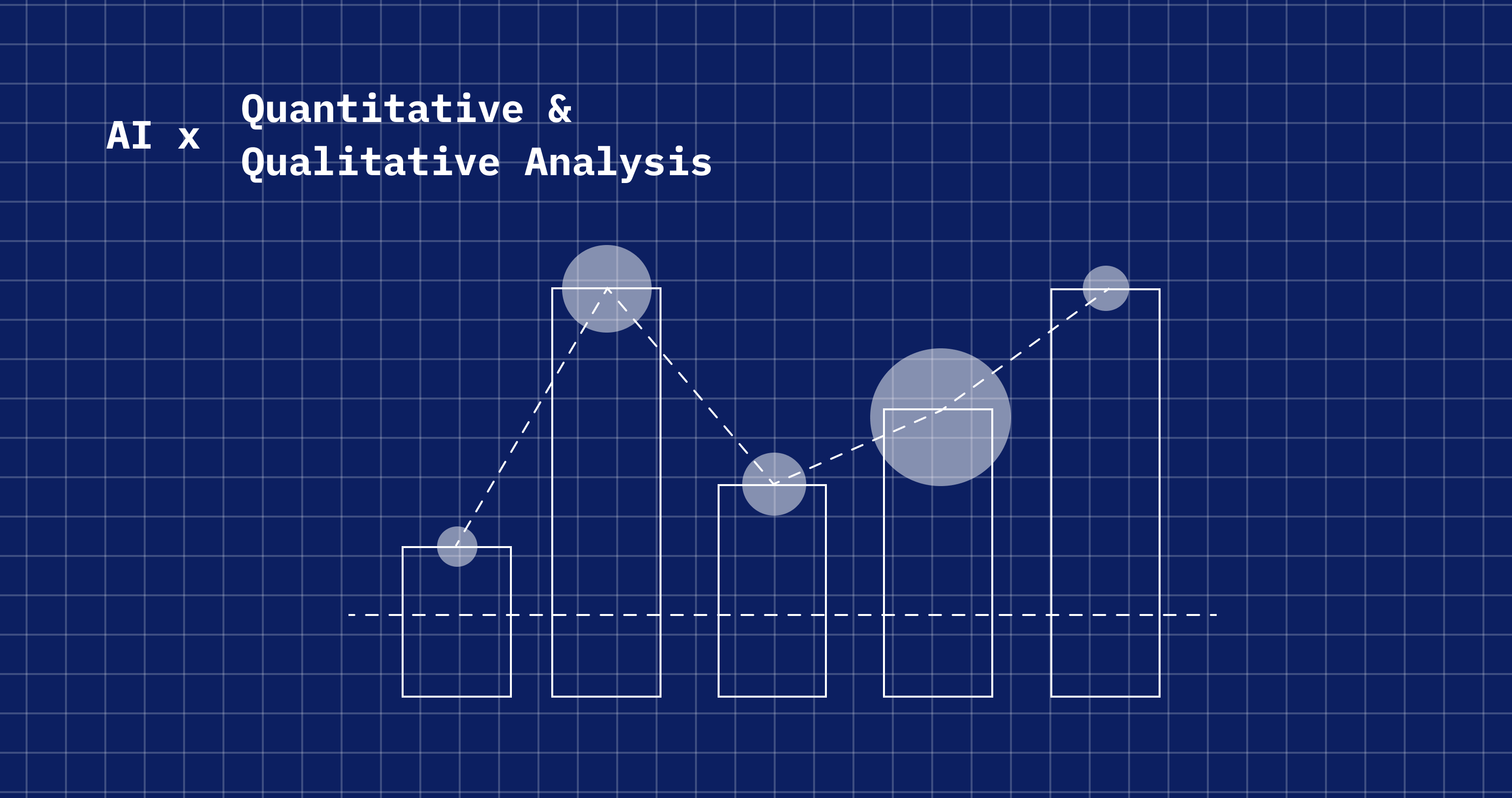
Remember all the time that we needed to analyse large amounts of data to identify patterns and trends in user behaviour? Now AI can do it for you while you focus your attention and time on building more efficient solutions for your users.
These new tools can also give us a hand with sentiment analysis so we can understand how our users feel about the product we are building, and identify areas where the experience can be improved. In addition to that, AI tools like CrazyEgg, HotJar or Clicktale can generate heat maps where we can identify areas of the experience or in the interface that are causing frustration or confusion.
Also, some AI tools can use machine learning algorithms to predict user behaviour based on historical data. This means that with the help of PredictionsIO and Analytics Intelligence by Google you can identify potential user pain points and anticipate user needs, allowing them to create more personalised and effective user experiences.
User Flows
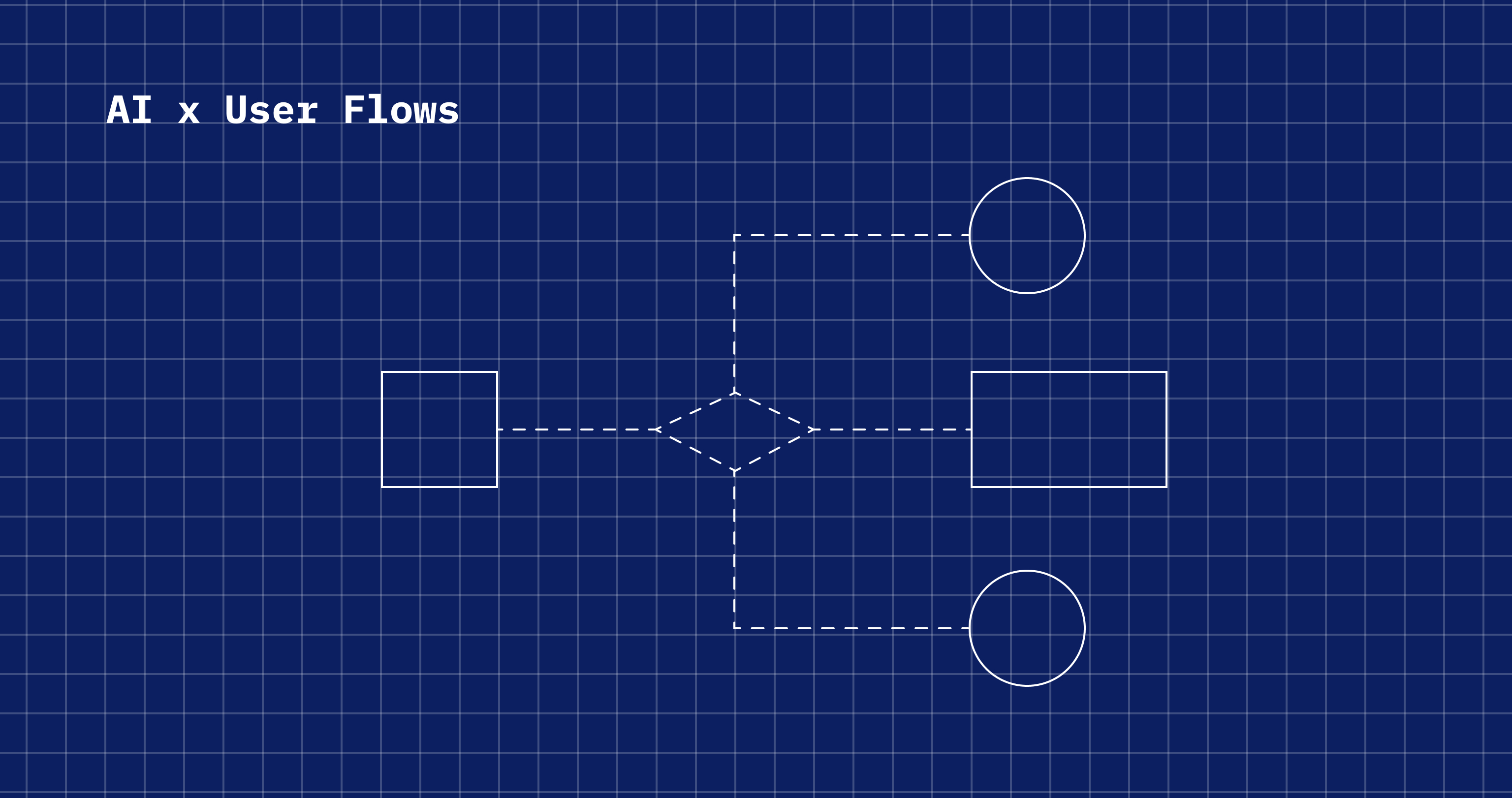
User flows are another very important part of our careers as a UX designers, it is where we can comprehend how users interact with our product and therefore determine what steps a user needs to take to complete a task, and how to best lead them through your content. AI can improve designers' lives is by creating user flows that are more intuitive, personalised, and effective which can lead to more optimised user flows user engagement and conversion.
Tools like Lucidchart and Figma’s new feature can analyse user data and predict their behaviour, which help us to create user flows that are tailored to the user's needs and preferences.

